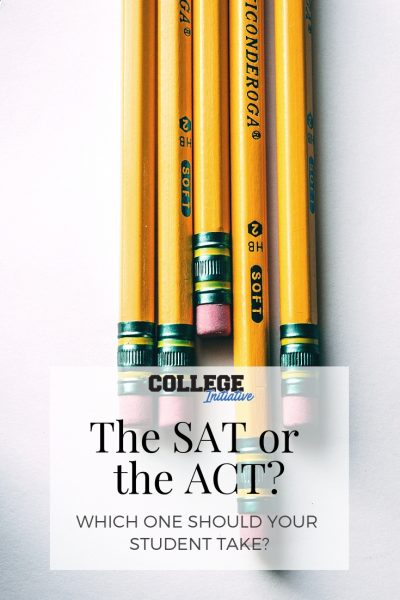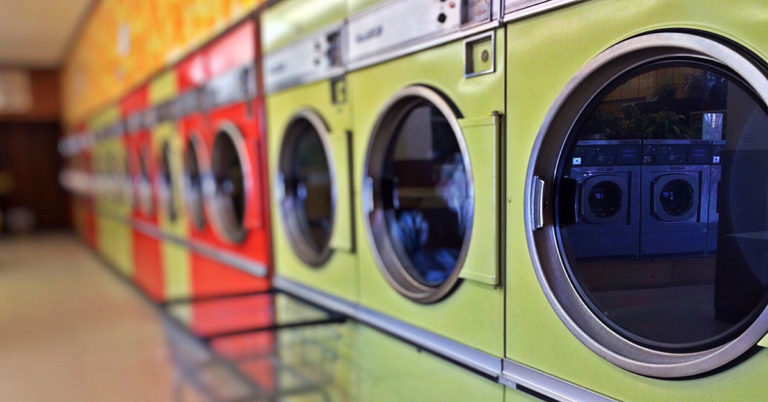To Send or Not to Send the Free Test Score Reports…
Last Updated on June 13, 2024 by Jill Schwitzgebel

There are multiple considerations when making the decision about whether to send their scores, like whether the college will superscore, how many times they will be taking the test, and of course, the expense of sending the scores later. Many colleges have become “test optional” and don’t require students to submit any scores at all. Therefore, if they don’t perform well, they don’t even have to send in their scores.
What You Need to Know
The SAT and the ACT each allow students to send free score reports to up to four colleges. The caveat is that the student will have to sign up to send those free reports before they know what their scores are. They may list the colleges that they wish to send them to at the time of test registration, the day of testing, or even through the test website within a few days after testing. Students must pay to submit official test scores beyond the first four free ones.
After test scores are published, the SAT and ACT will allow students to use score choice when submitting their test scores to colleges if they did not submit them as one of their free score reports. This means that rather than automatically sending colleges the complete history of the student’s test scores, they will only send the scores that the student chooses to send, which naturally can help to enhance the student’s application if they only choose to submit only their highest scores. They can opt to leave out that score from the day they took the test with a sore throat, feeling crummy, causing them to not do as well as anticipated.
Superscoring can be a little confusing. When a college says that they will superscore, it means that they will combine all of the student’s highest scores, even if they occurred on different tests. That does NOT mean that the student only sends the scores from their highest section on a given test date, though. It means that the student who took the SAT three times can submit the two entire tests that result in the highest superscore for them. Students can keep the third one with the lower scores “off the record.”
Some schools, particularly highly selective ones, make it clear that they want to see the student’s complete testing history, so score choice is not even an option for their application. Most claim that they will only be considering the student’s highest scores, but they will still see ALL of the student’s scores. This means that a student can only focus on the Reading section for one test, and then only concentrate on Math for the next test…the colleges will be looking for consistency in scores, as well as a general trend. They won’t only be considering that one high score and it may raise a red flag if the Reading score drops significantly on the second test.
If your student didn’t feel well, or just came home from the test knowing that they absolutely bombed the test, there IS an option to cancel your test scores from that date. But again, that has to happen immediately after taking the test. They cannot wait until they get the score to do that.
Why Students Opt to Send Them
- Obviously, one important advantage to sending the score reports before receiving the score is the cost. If students opt not to send the scores at the time of the test (or immediately afterward), the student will have to pay to get their scores sent to each school later. This can add up, with students often applying to six to eight colleges on average. And, if your student is a procrastinator and applies late and the score has to be rushed, that fee will go up to over $30.
- If a college superscores, it may make sense to send free scores, as the college is saying that they will combine the highest scores in each section, across multiple test dates. If the student receives a 650 in Reading and a 600 in Math on one SAT test, and then on the next test, the student only scores 610 in Reading, but scores 630 in Math, the college will combine that higher reading score and higher Math score, and that’s what the admissions officers will see. While it is still more common for colleges to superscore the SAT, schools are beginning to do the same with the ACT too. (Colleges that will superscore the ACT)
- Another time it may make sense to send them is when it is your child’s second sitting of a test, and the potential colleges on their application list will consider demonstrated interest. Sending a free score report is one way to signal significant interest to the college.
- And finally, if your student is a senior bumping close to deadlines to apply or get their scores submitted, then of course it makes sense to send those scores at the time of testing.
Why Students Opt NOT to Send Them
- If your student is doing what I suggest, and taking both the SAT and the ACT to get a sense of which one is their better test before re-taking, it makes sense NOT to send those scores during the first sitting for each test. Typically, students tend to do better on one of those test formats than the other. So, wait to see which scores are in a higher percentile before submitting them to the school. It is all about presenting themselves in the best possible light to colleges. Why allow the school to see a mediocre ACT score if the student’s SAT score is excellent?
- If your student is applying to any highly competitive colleges, it also makes sense to wait to see the scores before sending them, no matter whether this is their first test or their third. Students need to ensure that they are presenting their best scores. Using score choice, after seeing all of their tests, will give them the most control. (However, if you know that the college is going to want to see the complete testing history, as mentioned above, then there is no reason not to send the free score reports.)
- One final reason to not send the free reports is that more and more colleges are becoming “test-optional”, recognizing that often, standardized tests don’t fully reflect the student’s ability. If the scores come back and you both feel that they do not reflect your child’s potential as a college student, it is worthwhile to look at the test-optional schools, where those test scores will never have to be submitted. (A complete list of test-optional schools) If they send those free reports to a test-optional school before seeing the scores, then your student no longer has any control over whether the schools sees those scores.
See also: The Application Process – More Than Just Test Scores and GPAs
Conclusions
My personal feeling is that there are times that it may make sense to use the four free reports. However, do it strategically! Chances are, in this day and age when standardized testing is prevalent in schools, you generally know your child’s overall standardized test performance history. Use that knowledge, as well as the information about the colleges your student is interested in, to decide what makes the most sense on a case-by-case basis. I have generally counseled my own kids to send the free score reports to colleges that I know are likely to be their safety schools, as well as schools that are going to require their entire score history. But, the decision to send them completely depends on each student’s choices and goals.
See Also: The Safety, the Reach and The Matches











